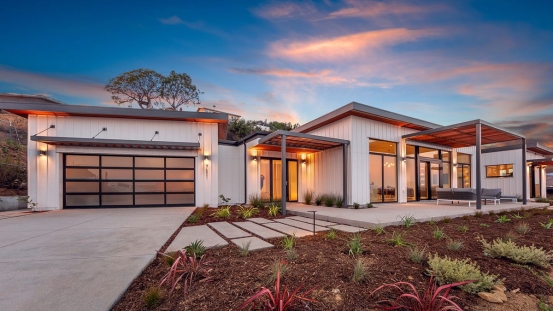In 2026, Australians are turning to modular, prefab, and kit homes for faster, more efficient, and eco-friendly construction alternatives. These factory-built methods combine speed, flexibility, and sustainability to meet the evolving needs of homeowners.

Faster Build Times with Factory-Built Homes
Factory-built housing, including modular and prefabricated homes, is assembled in controlled facilities before being transported to the site, significantly reducing construction times compared to traditional methods. Depending on the design’s complexity and size, completion can typically occur within 2 to 14 weeks.
Indoor assembly minimizes weather-related delays, ensuring more predictable scheduling. With most construction done offsite, disruptions at the property are limited, offering faster move-in times and reducing interim housing expenses.
Design Flexibility and Adaptability
Modular and prefab homes provide extensive design flexibility. Homeowners can select from various layouts, architectural styles, and materials, tailoring every aspect to their preferences. Whether building a compact city home or a large family residence, factory-built housing accommodates diverse lifestyles.
These homes are versatile, serving as permanent residences, vacation properties, or multi-unit developments. The modular approach allows future expansion or reconfiguration to adapt to changing needs.
Understanding Costs and Inclusions
Costs for prefab or modular homes vary depending on provider, design complexity, materials, and finishes. Standard pricing usually covers offsite fabrication and factory finishes, while site-specific factors like foundations, utility connections, transportation, craning, landscaping, and council permits may add extra costs.
Factory-built homes often reduce expenses through faster construction, less labor, and minimized waste. However, final costs are influenced by site conditions and chosen customization options.
A Focus on Sustainability
Sustainability is central to modern Australian homebuilding, and factory-built homes align with this trend. Controlled manufacturing environments reduce waste and improve material efficiency. Builders often prioritize eco-friendly materials and energy-efficient designs.
Common sustainable features include solar panels, rainwater harvesting systems, and advanced insulation, which lower energy consumption and carbon emissions. Homeowners benefit from reduced ongoing costs while supporting a greener future.
The Building Process and Compliance
Constructing a factory-built home involves design customization, factory assembly, site preparation, transportation, installation, and finishing tasks such as plumbing and electrical work. Compliance with Australian building codes and local regulations is maintained throughout.
Council approvals and permits for modular and prefab homes generally follow standard procedures. Partnering with experienced builders familiar with local requirements ensures smooth execution and timely completion.
The Growing Role of Factory-Built Homes in Australia
By 2026, modular and prefab homes are increasingly important in Australia’s housing market. These methods offer efficient, flexible, and sustainable alternatives for various budgets and preferences.
They contribute to addressing housing affordability and availability by providing quicker, cost-effective construction solutions. With ongoing innovation in design and technology, factory-built homes are set to play a pivotal role in Australia’s sustainable housing landscape.
Sources:
The Design Files: 7 Australian Businesses Creating Impressive Prefabricated Homes (2024)
Anchor Homes: Top Prefab Modular Project Highlights of 2024
Ecoliv: Modular vs Prefab vs Kit Homes in Australia
